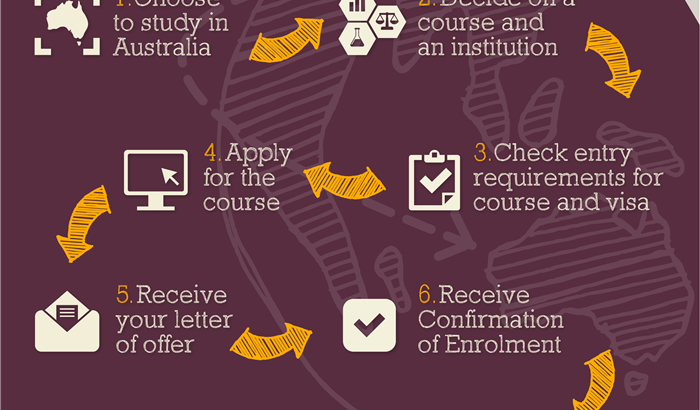Oceanía/Australia/Junio 2016/Autor: Natasha Bita / Fuente: theaustralian.com.au
Resumen: Una escuela pública, que está obligando a los padres a comprar iPads para los niños de jardín de infantes para el próximo año escolar, se enfrenta a una reacción violenta de los familiares de sus representados. La Escuela Estatal de Ashgrove, ha dicho a los padres que los estudiantes deben traer su propio iPad a la escuela el próximo año, a un costo de hasta $863, además de pagar $150 en «cuota anual de uso de tecnología ».
A public school that is forcing parents to buy iPads for kindergarten kids next year is facing a backlash from families.
Ashgrove State School, in the inner-Brisbane electorate of Queensland Education Minister Kate Jones, has told parents that “Prep’’ students must bring their own iPad to school next year, at a cost of up to $863, plus pay a $150 “technology fee’’.
When mother Karen Cox complained, she was told there was no “screen-free’’ option for her five-year-old daughter Lily.
“We feel we should have a choice,’’ Ms Cox said yesterday. “iPads are not educationally proven — we think our kids should get concrete learning in writing and the basics throughout the whole of primary school.
“There’s time enough for technology in high school.’’
As parents across Australia grapple with the cost of buying laptops and iPads, the requirement to use technology in the classroom raises questions over equity and educational outcomes.
School principals can decide whether and when to require “bring your own” devices, but state and territory education departments require that schools give all students access to a computer if their parents cannot afford to buy or lease one.
Ms Cox’s husband, Dean, said he was told at a recent Parents & Citizens meeting that unless Lily used an iPad in class, she would have to attend a different school — despite living in the catchment for Ashgrove, one of the state’s top-performing primary schools.
Principal Anita Bond declined to comment yesterday but an Education Department spokesman said the school would review the policy in light of objections by “half a dozen families’’. “One possible outcome would be to have an iPad-free class,’’ he said. He said Lily would be “welcomed at the school’’, which would provide her with an iPad if required.
Ms Cox said she could afford an iPad but did not want Lily using one in class, and was concerned that families would have to police their young children’s internet use. “I don’t want my young child connected to the internet,’’ she said. “And it’s definitely a financial issue for some parents.’’
The Ashgrove State School website states that iPads give children “valuable learning experiences’’, but warns that students as young as four could be exposed to inappropriate material.
“Be aware that the internet gives access to information on and from a wide variety of organisations, subjects, people, places with origins from around the world (sic),’’ it says. “The school cannot control information accessed through the internet.
“Information may be accessed or accidentally displayed which could be illegal, dangerous or offensive, with or without the student’s immediate knowledge.
“Understand that teachers will always exercise their duty of care, but protection, mitigation and discontinued access to harmful information requires responsible use by the student.’’
The Weekend Australian revealed in March that the headmaster of Sydney Grammar School, John Vallance, does not allow laptops in class. He called the billions of dollars spent on computers in Australian schools a “scandalous waste of money’’.
The Queensland Education Department spokesman said BYO iPads and laptops provided “improved motivation, increased engagement (and) further developed social and language skills’’.
A NSW Education Department spokesman said the BYO policy “enables, rather than compels’’ students to bring their own computers to school. Schools could provide equipment if students could not afford their own.
Fuente de la noticia: http://www.theaustralian.com.au/news/nation/brisbane-school-told-girl-5-youre-out-if-you-dont-have-ipad/news-story/079ff0d1f36a5add867c146ed2512547
Fuente de la imagen: http://cdn.newsapi.com.au/image/v1/da70ea1f06ec80558f7fee9076e76a22?width=650















 Users Today : 30
Users Today : 30 Total Users : 35460293
Total Users : 35460293 Views Today : 40
Views Today : 40 Total views : 3419008
Total views : 3419008